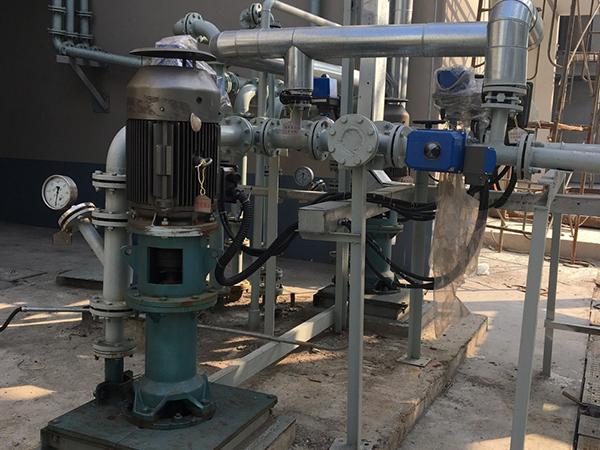Bosnian
- Afrikaans
- Albanian
- Amharic
- Arabic
- Armenian
- Azerbaijani
- Basque
- Belarusian
- Bengali
- Bosnian
- Bulgarian
- Catalan
- Cebuano
- Corsican
- Croatian
- Czech
- Danish
- Dutch
- English
- Esperanto
- Estonian
- Finnish
- French
- Frisian
- Galician
- Georgian
- German
- Greek
- Gujarati
- Haitian Creole
- hausa
- hawaiian
- Hebrew
- Hindi
- Miao
- Hungarian
- Icelandic
- igbo
- Indonesian
- irish
- Italian
- Japanese
- Javanese
- Kannada
- kazakh
- Khmer
- Rwandese
- Korean
- Kurdish
- Kyrgyz
- Lao
- Latin
- Latvian
- Lithuanian
- Luxembourgish
- Macedonian
- Malgashi
- Malay
- Malayalam
- Maltese
- Maori
- Marathi
- Mongolian
- Myanmar
- Nepali
- Norwegian
- Norwegian
- Occitan
- Pashto
- Persian
- Polish
- Portuguese
- Punjabi
- Romanian
- Russian
- Samoan
- Scottish Gaelic
- Serbian
- Sesotho
- Shona
- Sindhi
- Sinhala
- Slovak
- Slovenian
- Somali
- Spanish
- Sundanese
- Swahili
- Swedish
- Tagalog
- Tajik
- Tamil
- Tatar
- Telugu
- Thai
- Turkish
- Turkmen
- Ukrainian
- Urdu
- Uighur
- Uzbek
- Vietnamese
- Welsh
- Bantu
- Yiddish
- Yoruba
- Zulu
Telephone: +86 13120555503
Email: frank@cypump.com
aug . 11, 2024 18:30 Back to list
Selection Guide for Efficient Non-Submersible Sewage Pumps for Wastewater Management Solutions
Non-Submersible Sewage Pumps An Overview
In the realm of wastewater management and removal, non-submersible sewage pumps play a crucial role, particularly in applications where traditional submersible pumps may not be suitable. These pumps are designed to handle the efficient transfer of sewage and other waste materials without being submerged in the fluid they are pumping, which offers several unique advantages and considerations.
Definition and Functionality
Non-submersible sewage pumps, also known as dry well pumps, operate above the fluid level. They are typically installed in a dry pit or a designated pump station. The mechanism of these pumps relies on a motor located above the waste material, which eliminates the risks associated with submersion in potentially corrosive or hazardous sewage environments. Often, these pumps utilize centrifugal forces to move waste fluids, drawing them through a series of impellers and discharge pipes to transport them to treatment facilities or disposal sites.
Advantages of Non-Submersible Sewage Pumps
One of the primary benefits of non-submersible sewage pumps is their ease of maintenance. Since the motor and other components are accessible without the need for de-watering or entering a confined space, routine servicing is more straightforward. This reduces labor costs and downtime, ensuring that the sewage management system remains operational.
In addition, non-submersible pumps typically have a longer lifespan compared to their submersible counterparts, primarily due to less exposure to harsh conditions. The protection from sewage can also reduce the wear and tear on critical components, leading to improved reliability. These pumps are often used in municipal, industrial, and commercial applications where sewage handling is necessary.
non submersible sewage pump

Considerations and Limitations
Despite their advantages, non-submersible sewage pumps do come with specific limitations. One significant factor is their installation requirements. A dry pit installation means that additional construction may be necessary to accommodate the pump, which can lead to increased initial costs and time delays. Additionally, their operating capacity may be limited by the vertical lift that these pumps can achieve, making them less ideal for certain high-head applications.
Furthermore, non-submersible pumps may encounter issues with clogging if not properly fitted or maintained. Since these pumps are typically used to transport waste that can contain solid objects, clogging can be a concern if the pump is not designed to handle the type of materials being processed.
Applications and Use Cases
Non-submersible sewage pumps are commonly utilized in various sectors. Municipalities often rely on them for wastewater treatment plants where space might limit submersible options. These pumps are also employed in commercial buildings, such as shopping malls or office complexes, to manage sewage systems effectively without the complexities of submerging equipment. Additionally, they find use in industrial settings where waste materials may be too abrasive or corrosive for submersible pumps.
Conclusion
In summary, non-submersible sewage pumps serve a vital function in the management of waste materials, offering distinct advantages such as easier maintenance and potentially longer service life. While they do face challenges regarding installation and processing capability, their reliability and effectiveness make them a popular choice across various industries. As technology continues to evolve, the design and functionality of non-submersible pumps will likely advance, providing even more efficient solutions for sewage management challenges.
-
ISG Series Vertical Pipeline Pump - Chi Yuan Pumps Co., LTD.|High Efficiency, Energy Saving, Low Noise
NewsJul.30,2025
-
ISG Series Vertical Pipeline Pump- Chi Yuan Pumps|High Efficiency&Low Noise
NewsJul.30,2025
-
ISG Series Vertical Pipeline Pump-Chi Yuan Pumps Co., LTD.|High Efficiency&Energy Conservation
NewsJul.30,2025
-
ISG Series Vertical Pipeline Pump - Chi Yuan Pumps Co., LTD.|Advanced Hydraulic Design&Energy-Efficient Solutions
NewsJul.30,2025
-
ISG Series Vertical Pipeline Pump - Chi Yuan Pumps Co., LTD.
NewsJul.30,2025
-
ISG Series Vertical Pipeline Pump - Chi Yuan Pumps Co., LTD.|energy-efficient fluid handling&industrial durability
NewsJul.30,2025










